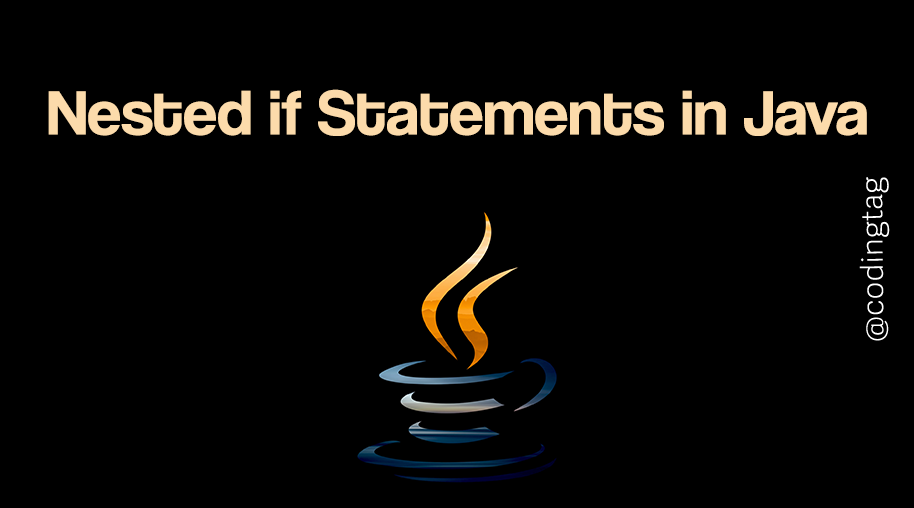switch Statement in Java
0 323
Introduction to the switch Statement in Java
The switch Statement in Java is a powerful control flow construct that allows you to select one block of code to execute from multiple possibilities, based on the value of an expression.
It offers a cleaner and more readable alternative to writing multiple if-else conditions when you need to compare the same variable with several values.
Basic Syntax of switch Statement
The syntax of the switch statement revolves around evaluating a single expression, which can be of types like int, char, String (since Java 7), or an enum.
Based on the expression’s value, the program jumps to the matching case and executes its code block.
switch (expression) {
case value1:
// code to execute if expression == value1
break;
case value2:
// code to execute if expression == value2
break;
// you can have any number of cases
default:
// code to execute if expression doesn't match any case
}
How switch Statement Works
When the switch statement is executed, Java compares the given expression against each case value in order. If it finds a match, the statements inside that case execute until a break statement is encountered or the switch block ends.
The break statement is crucial because it prevents "fall-through" — where execution continues into subsequent cases unintentionally.
Example: Using switch Statement in Java
Here’s a simple example demonstrating how to use the switch statement:
int day = 3;
String dayName;
switch (day) {
case 1:
dayName = "Monday";
break;
case 2:
dayName = "Tuesday";
break;
case 3:
dayName = "Wednesday";
break;
case 4:
dayName = "Thursday";
break;
case 5:
dayName = "Friday";
break;
default:
dayName = "Weekend";
}
System.out.println("Day is: " + dayName);
Output:
Day is: Wednesday
Why Use switch Instead of if-else?
While both switch and if-else can handle conditional branching, switch is often more readable and efficient when dealing with a single variable against many constant values. It avoids deeply nested if-else blocks, making your code cleaner and easier to maintain.
Important Points to Remember
- The expression inside
switchmust evaluate to a single value of typebyte,short,int,char,String, or anenum. breakstatements are necessary to prevent fall-through, but sometimes fall-through behavior is intentional.- The
defaultcase is optional but recommended to handle unexpected values. - Since Java 14, switch expressions have been introduced for more concise code, but the traditional switch statement remains widely used.
Conclusion
The switch Statement in Java is a fundamental tool for controlling program flow when multiple discrete values need different handling. Its clarity and performance benefits over chained if-else make it a preferred choice for many Java developers.
Learning to use it effectively will help you write cleaner, more maintainable Java programs.
If you’re passionate about building a successful blogging website, check out this helpful guide at Coding Tag – How to Start a Successful Blog. It offers practical steps and expert tips to kickstart your blogging journey!
For dedicated UPSC exam preparation, we highly recommend visiting www.iasmania.com. It offers well-structured resources, current affairs, and subject-wise notes tailored specifically for aspirants. Start your journey today!

Share:






Comments
Waiting for your comments